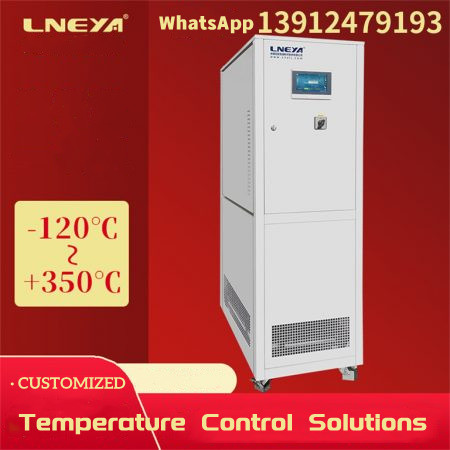Working characteristics of industrial high temperature and low temperature cooling system

The industrial high-temperature and low-temperature cooling system is mainly used for the monitoring and control of temperature, pressure, flow, liquid level, humidity, pH value and other parameters. It has the characteristics of high control accuracy, stability and reliability. It is widely used in petroleum, chemical industry and medicine to complete sulfuration, nitrification, hydrogenation, alkylation, polymerization, condensation and other processes.
1. The industrial high-temperature and low-temperature cooling system is a process in which the refrigerant transfers and circulates the heat from the low-temperature state to the high-temperature state, so that it can be cooled to the low-temperature environment, so as to maintain the low-temperature state and realize the refrigeration process.
2. The air from the industrial high-temperature and low-temperature cooling system equipment is adiabatically compressed after entering the compressor, and the temperature rises above the ambient temperature; Then it enters the cooler to transfer heat to the cooling water under constant pressure, and the temperature is equal to the ambient temperature; Then it is introduced into an expander for adiabatic expansion, and the temperature is further reduced to below the temperature; After that, it enters the circulating heating cooler equipment, absorbs heat at constant pressure (the absorbed heat is called the cooling capacity), and completes the cycle.
3. After the refrigerant gasifies and absorbs heat from the equipment at constant pressure (at this time, the working medium is usually dry saturated steam or close to dry saturated steam), it enters the compressor for compression in the adiabatic state, the temperature exceeds the ambient temperature, and then enters the condenser for isobaric heat dissipation to the ambient medium.
4. In the condenser, the superheated refrigerant steam is first cooled to the saturation temperature corresponding to the current pressure at the same pressure, and then continues to condense into the saturated liquid state at the same pressure (also isothermal), and enters the throttle valve. At the throttle valve, it is adiabatic throttled for temperature reduction, reduced to the wet saturated steam state corresponding to the initial pressure of the cycle, and then enters the cycle for gasification and heat absorption to complete the cycle.
If you have any questions about temperature control solutions, please contact us sales@lneya.com To obtain technical support, we lneya support program customization, focusing on solving the temperature control of customers’ process.
Related recommendations
-
Operation and Maintenance of Small Water Chiller Units
13632. Air-cooled module internal filter, in order to better filter impurities in the water system, the protective plate heat exchanger is generally more than 40 meshes, that is to say, its filter is more dense and finer than other brands. The advanta...
View details -
Precautions For Compressor Installation of the Screw Chiller Factory
1611When the operating conditions of the screw chiller factory restrict the compressor to be installed in a small enclosed space, its ventilation environment should be considered. It is necessary to add ventilation and exhaust equipment to facilitate ...
View details -
The Analysis Of Ultra Low Freezer’S Price
1775What are the characteristics and functions of ultra low freezer:1. Ultra low freezer can prevent the precision of machine equipment from being influenced by the change of oil temperature in the process of operation. 2. Ultra low freezer can preven...
View details -
We are LNEYA-a manufacturer of chillers
1441There are many manufacturers of industrialchillers in the world, especially JULABO, huber, etc. that are known in theindustry. How much do you know about the production technology of industrialchillers? Now, in many industrial productions, indu...
View details
 LNEYA Industrial Chillers Manufacturer Supplier
LNEYA Industrial Chillers Manufacturer Supplier











